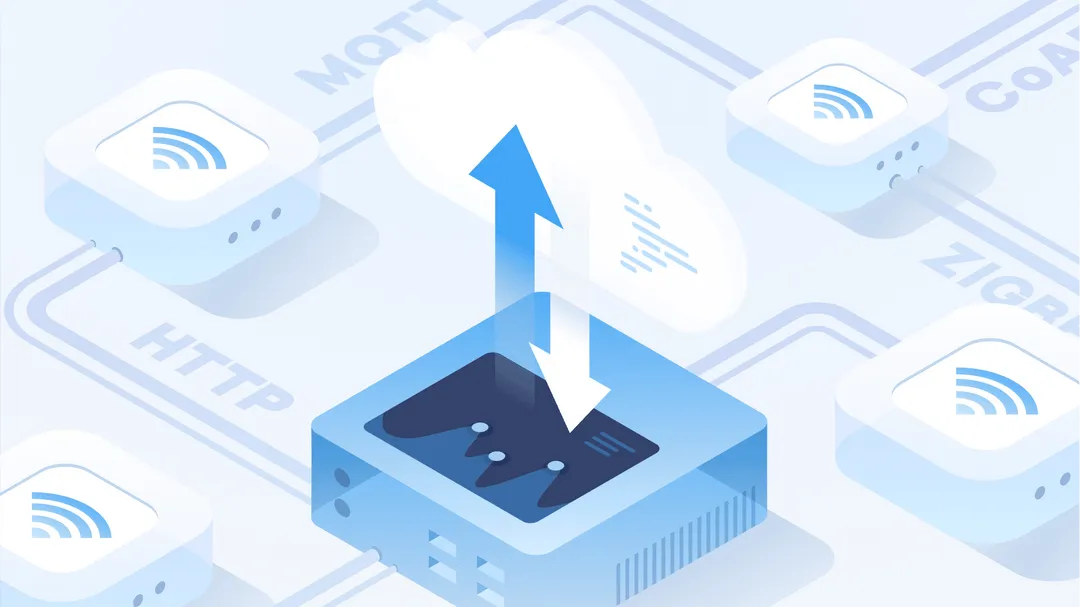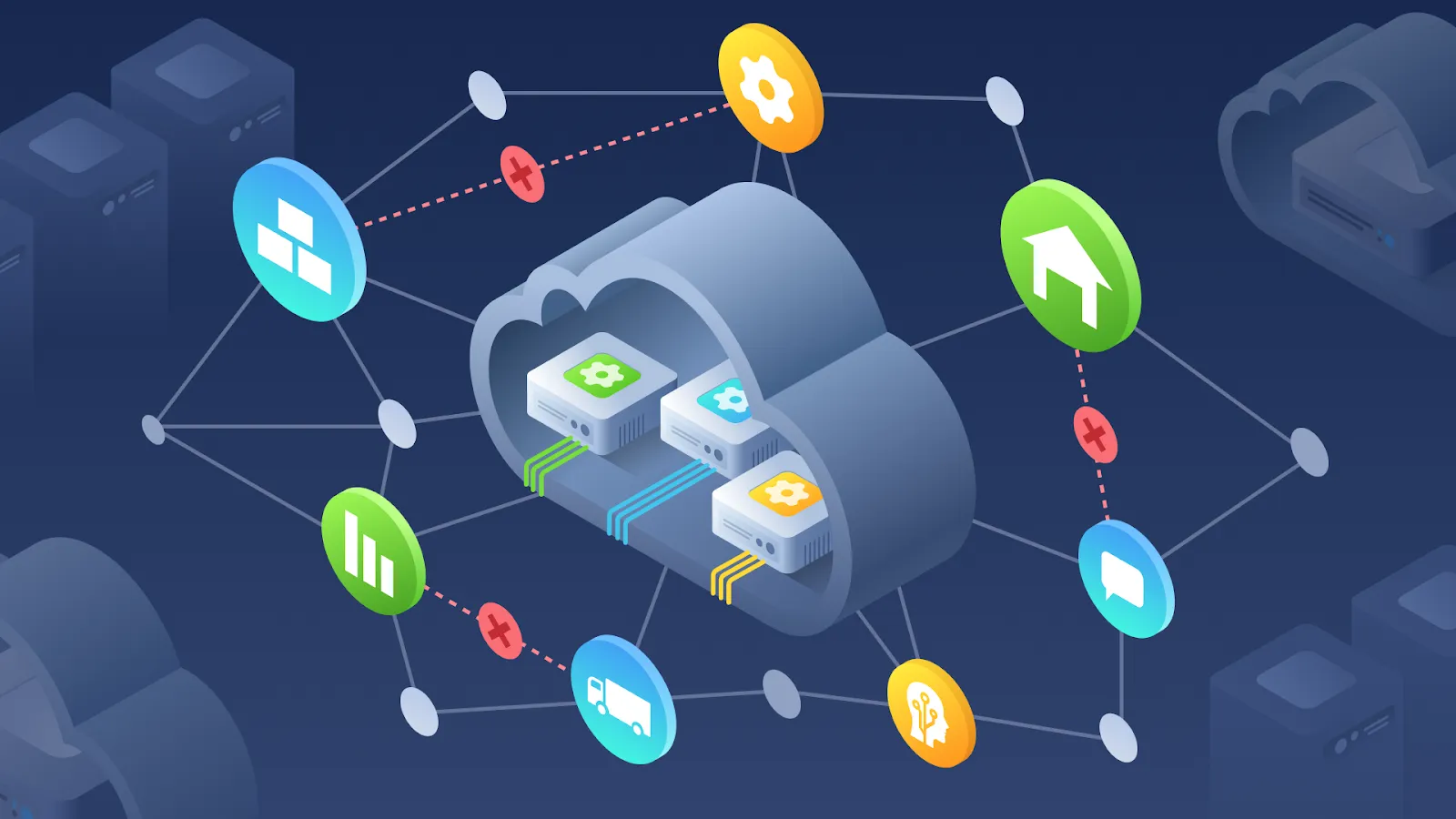Introduction
The Internet of Things (IoT) stands for a network of interconnected devices capable of collecting and exchanging data. These devices, ranging from everyday household appliances to complex industrial machinery, are equipped with sensors, software, and other technologies to connect and exchange data with other devices and systems over the internet or local area networks. This digital ecosystem can communicate, interact, and share data, leading to improved efficiency, accuracy, and economic benefits.
Communication forms the heart of the Internet of Things. It enables the seamless interaction between devices, creating a network that offers real-time data and insights. The importance of communication in IoT lies in its ability to facilitate immediate action and decision-making based on the data shared.
IoT Communication Protocols
A communication protocol in the context of IoT is a set of rules and conventions for data transfer between devices. These protocols ensure that the data transmitted from one device is correctly received and understood by another, providing a standardized framework for communication. They play a crucial role in ensuring the interoperability, security, and reliability of IoT systems. By leveraging these protocols, IoT devices can efficiently exchange data and collaborate, ultimately enhancing the functionality and effectiveness of the entire IoT system.
Common IoT communication protocols include MQTT (Message Queuing Telemetry Transport), CoAP (Constrained Application Protocol), HTTP (Hypertext Transfer Protocol), and Zigbee.
HTTP, the foundation of data communication for the World Wide Web, is also often used in IoT due to its widespread adoption and simplicity.
MQTT is a lightweight messaging protocol optimized for low-bandwidth, high-latency environments, ideal for many IoT scenarios.
CoAP is a specialized web transfer protocol for use with constrained nodes and constrained networks offering a request-response interaction model between application endpoints.
Zigbee, on the other hand, is a wireless 802.15.4-based specification designed for low-power, low data rate, and close proximity (i.e., personal area network) IoT applications.
Each of these protocols brings unique strengths to the IoT ecosystem, allowing for flexibility and optimization of various IoT deployments.
IoT Device Communication Types
Device-to-Device (D2D) communication forms an integral part of the IoT infrastructure, allowing direct communication between IoT devices without the need for a central hub or network infrastructure. This is particularly useful in scenarios where devices are in the close proximity of each other and can exchange data directly, reducing latency and network load. D2D communication enhances the efficiency of IoT systems, facilitating real-time data exchange and immediate responses. Protocols like Zigbee and Bluetooth are typically used in D2D communication due to their low-power consumption and ability to create a mesh network, a collective communication network that significantly boosts the reach and resilience of IoT systems.
Device-to-Cloud (D2C) communication forms another critical part of IoT architecture. This type of communication allows IoT devices to send data to cloud-based applications for storage, analysis, and further action. It’s essential for scenarios where cloud analytics can provide valuable insights for decision making or where remote access to the device’s data is required. Protocols such as MQTT and HTTP are commonly used for D2C communication due to their robustness and reliability over the internet. The cloud’s scalability and flexibility make it a powerful tool for handling vast volumes of data generated by IoT devices, thus enhancing the overall efficiency and potential of IoT systems.
**Device-to-Gateway (D2G) **communication forms another fundamental pillar of IoT architecture. In this communication type, IoT devices connect to an intermediary device known as a gateway. The gateway acts as a bridge between the devices and the cloud or a central system, collecting data from the devices, processing it, and then sending it onward. This mode of communication is particularly crucial when the devices may not have the necessary capabilities to connect directly to the network or need to conserve power. The gateway can offer additional processing power, security, or protocol translation services, making it instrumental in complex IoT systems. D2G communication is facilitated through different protocols including MQTT, HTTP, and Zigbee, depending on the specific requirements of the IoT system. The gateway’s role in managing and optimizing communication between the devices and the network significantly enhances the robustness and flexibility of IoT systems.
Factors Influencing IoT Communication
Network availability is a key factor influencing IoT communication. The effectiveness of an IoT system largely depends on the consistent presence and reliability of the network to which the devices are connected. An IoT device needs to have access to a network in order to transmit or receive data effectively. Network availability can be affected by various factors, such as infrastructure availability, geographical location, and network congestion. For instance, rural or remote locations might lack the necessary network infrastructure, leading to limited or unstable network availability. Similarly, high network traffic can lead to congestion, affecting the timely and reliable transmission of data. Therefore, it is crucial to ensure stable and efficient network connectivity for optimal IoT communication. Various communication protocols and strategies can be employed to deal with network availability issues and enhance the overall performance of an IoT system. These might include using low-power, long-range networks for remote locations, or leveraging mesh networks to offer increased network resilience and coverage.
Power consumption is another critical factor impacting IoT communication. The efficiency and longevity of an IoT device are highly dependent on its power usage. Many IoT devices are designed to be compact and often battery-powered, which dictates that power efficiency is a major design consideration. The power needed for data transmission can vary widely based on the communication protocol used, the volume of data being transmitted, the frequency of transmission, and the distance to the receiving device or network node. For instance, protocols like Zigbee and Bluetooth Low Energy ( BLE) are specifically designed for low-power communication, making them ideal for battery-powered devices. It’s essential to carefully balance power consumption with performance requirements in an IoT system for optimal efficiency and longevity. Power-saving strategies such as duty-cycling, where a device switches between active and power-saving modes, can also be employed to further enhance the power efficiency of IoT devices.
Security is a very aspect of the IoT communication. With an increasing number of devices connected to the internet, the potential vulnerabilities and avenues for cyberattacks are also escalating. Devices, data, and networks all need to be safeguarded from threats. IoT devices can become targets for attacks aiming to gain unauthorized access, manipulate data, or disrupt system operations. Ensuring secure communication protocols, incorporating encryption, and authenticating devices are just some of the measures that can be taken to enhance security. Protocols such as Transport Layer Security (TLS) and Datagram Transport Layer Security (DTLS) can provide secure communication channels by encrypting data before transmission. At the same time, methods like two-factor authentication can help confirm the identity of devices, thereby preventing unauthorized access. Regular updates and patches to IoT devices and systems further ensure that potential vulnerabilities are addressed promptly. Therefore, comprehensive security measures are required to maintain the integrity, confidentiality, and availability of the IoT systems.
IoT Communication Challenges
The diversity of standards and protocols presents a significant challenge for IoT communication. With a multitude of communication protocols like MQTT, HTTP, Zigbee, and Bluetooth being used in IoT systems, achieving seamless interoperability between devices can be complex. These protocols have been developed with specific purposes and use-cases in mind, and as a result, they have varying characteristics in terms of data rate, range, power consumption, and security features. This diversity makes it difficult to establish a standardized method of communication across all devices and systems, leading to possible compatibility issues. Moreover, this fragmentation could also complicate the process of integrating new devices into an existing IoT system. Therefore, while these diverse protocols offer flexibility and can be selected based on the specific needs of an IoT system, they also bring about complexities in terms of interoperability and standardization. To mitigate these challenges, it’s crucial to develop strategies for protocol selection and device integration, and consider adopting emerging universal standards for IoT communication.
Conclusion
Communication is indeed the foundation of IoT technology. The Internet of Things hinges on the ability of devices to exchange data seamlessly. Whether it’s a smart thermostat adjusting the temperature based on real-time weather data or a health monitor transmitting vital statistics to a healthcare provider, communication is the cornerstone that enables these interactions. The effectiveness of this communication, in turn, shapes the performance, efficiency, and success of the IoT system. Hence, it is essential to place optimal emphasis on the elements influencing IoT communication, such as network availability, power consumption, and security. Understanding and addressing the challenges related to standardization and interoperability can also pave the way for more robust and versatile IoT systems in the future. As we continue to advance in this era of hyper-connectivity, substantial strides in IoT communication can unlock unprecedented opportunities for innovation and growth.




